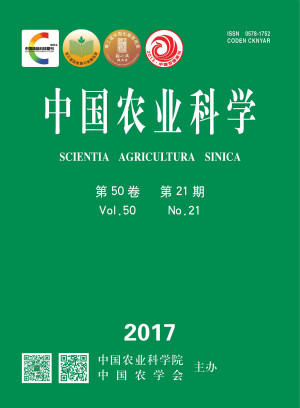【Objective】The objective of this paper is to study accumulation characteristics and health risk of heavy metals in greenhouse vegetable base of Beijing, to determine the migration rule of heavy metals from soil to vegetable, and to provide reference basis for vegetable quality safety and optimization of vegetable structure in Beijing. 【Method】 148 soil samples and 96 vegetable samples were collected from 9 typical greenhouse vegetable bases in Beijing, the statistical characteristics of As, Cd, Cr, Hg and Pb in soil and vegetable samples and their transfer factors from soil to vegetable system were analyzed. Combined with the EPA (US) recommended health risk assessment model, the health risks of adults and children as a result of vegetable intake were evaluated. 【Result】 The mean concentrations of As, Cd, Cr, Hg and Pb in soils were 9.43, 0.18, 64.4, 0.11 and 21.6 mg·kg-1, respectively. The mean concentrations of As, Cd, Cr, Hg and Pb in vegetables were 0.0478, 0.0391, 0.2785, 0.0014 and 0.0454 mg·kg-1, respectively. On the whole, the migration ability of heavy metals in greenhouse vegetable bases were decreased in the order of Cd>Hg>Cr>As>Pb. Target hazard quotients caused by heavy metals were decreased in the order of Cd>Pb>Hg>As>Cr. The target hazard quotient of single heavy metal in all vegetable samples was less than 1, which indicated that there was no obvious negative effect of single heavy metal. 【Conclusion】 The accumulation of heavy metals (As, Cd, Cr and Hg) in the soil samples from the greenhouse vegetable bases were found, health risks should be emphasized.









